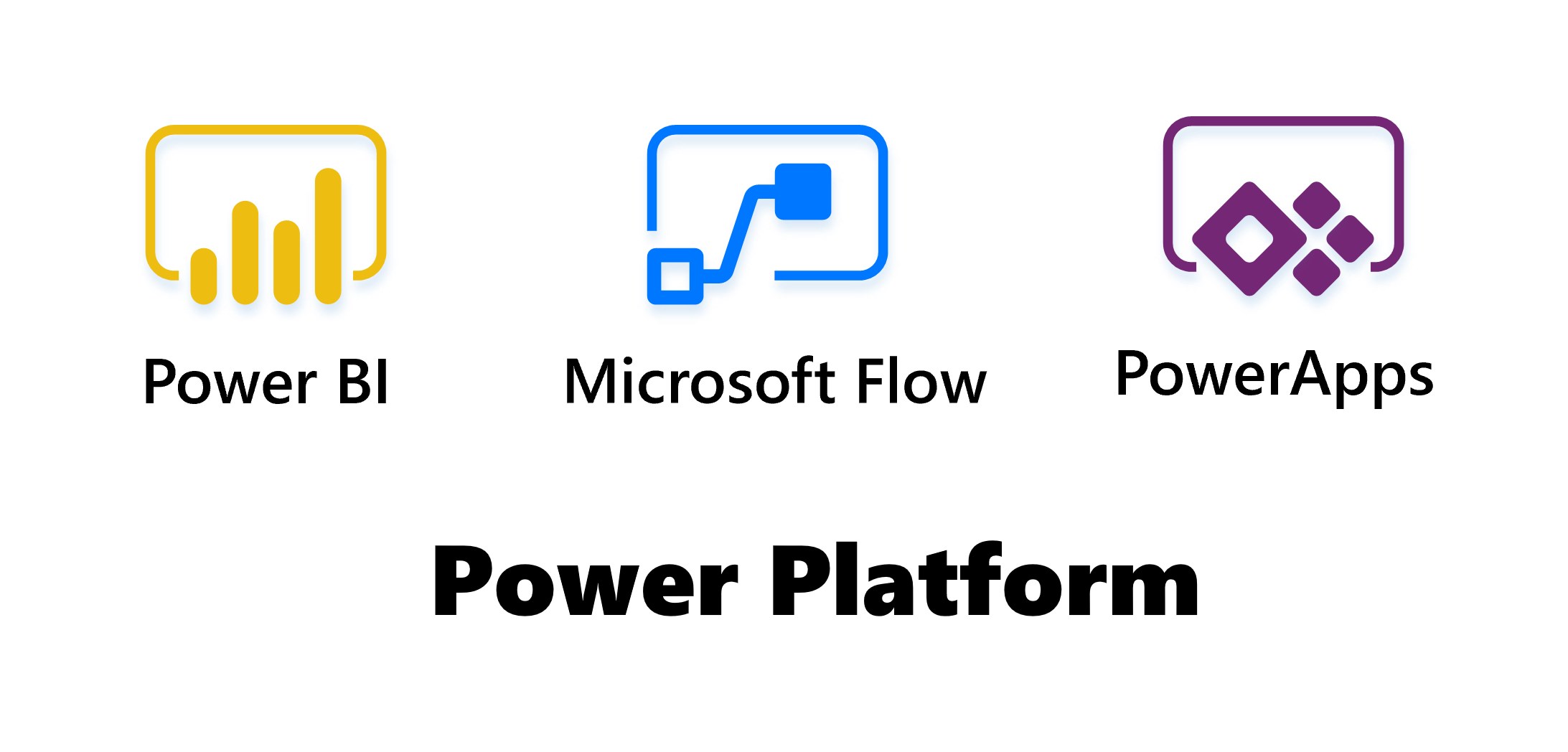Ever had an error 404 or Data Not Found Message on your screen? The broadband you choose makes the difference between easy access to data as well as reduced outages.
And, these are just naming a couple of advantages to a good broadband connection. Surely you must know that a reliable broadband connection brings with it seamless streaming, huge storage capacities, greater security, and much more.
But, how do you pick the right broadband connection?
Well, we’ll be discussing a few factors to make you understand that the right broadband connection can lead to more profits for your business and more prospective clients.
Factors to consider
Naturally, the broadband connection you choose depends upon your needs. But, we’ll discuss the basic points to keep in mind so that you can make a sound and viable decision.
Location
There are two options available to you. You can either go for an in-house or off-site option. Now, if you’re a large business, with hundreds of employees, then an in-house data center makes sense.
Footing the bill for an in-house data center is no joking matter, plus an IT team is required onsite too.
Off-site locations are for middle or small-sized businesses as well as for households.
Reliability
This is a very relevant issue, as many businesses have known to lose customers over power outages, or even downtime.
So, before you choose a broadband connection, make sure that the company has redundancy systems in place to prevent downtime. Also, try to find out how the company manages to take care of the heat build-up from the servers.
Security
Even small businesses need to keep their data safe from cyber-attacks. So, you need to find out about the safety protocols that are in place.
This is also pertinent when it comes to physical security measures. It is important to know that the broadband provider you want keeps its servers safe from unauthorized access, destruction, or even data theft.
Reputation
There is a huge difference between the marketing of a product and the quality of the product itself. So, try and go for options that are recognized for its quality of service.
The easiest way to do that is to find out from your current clientele if you are a business and from your friends and neighbors if you want the broadband connection for your home.
Network services capacity
Network security, speed, and network reliability tell us a lot about the infrastructure of the network. It’s viable to go with broadband connections who have fiber capacity for present and future needs.
As colocation means greater ability to interconnect with other networks, it also makes for greater growth possibilities.
Conclusion
The best to go about choosing the right broadband for you is to identify the factors that will affect your business the most. The same rule applies to homes too.
Nobody wants to be waiting on the computer forever only to be told it’s still buffering. Nope, that’s intolerable. Thus, choose wisely and it’s our sincere hope that this article will help you out a bit.








